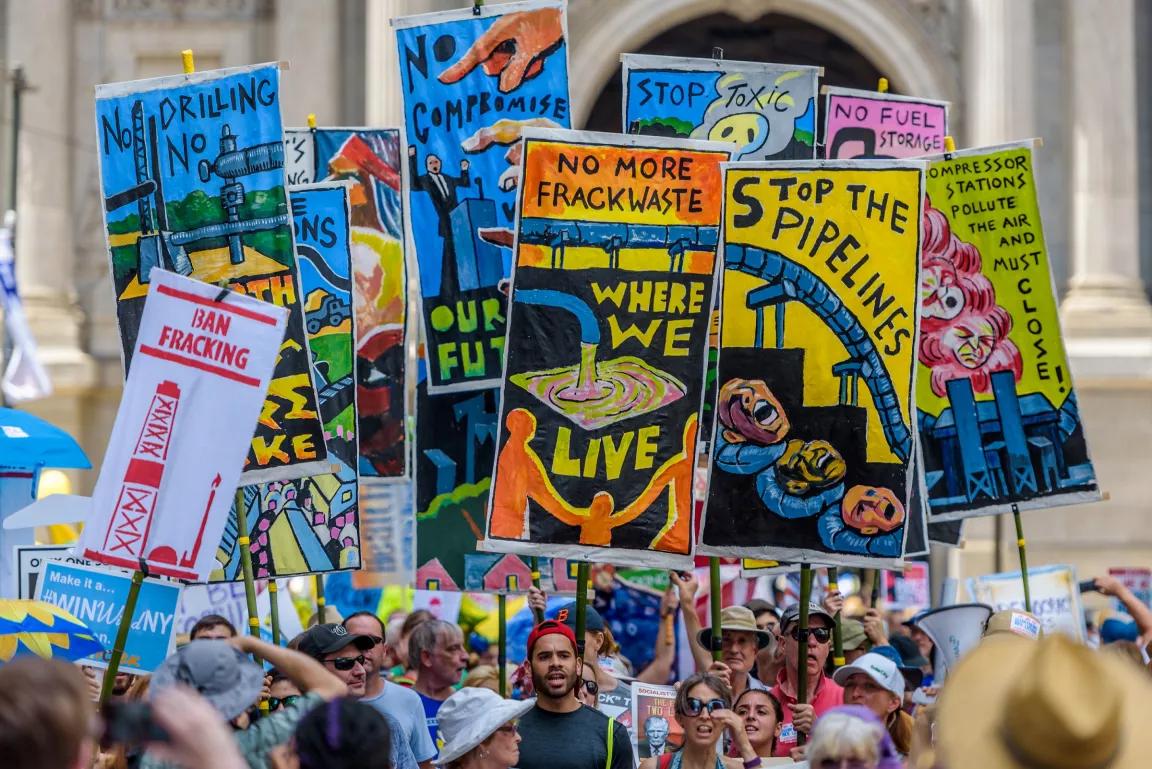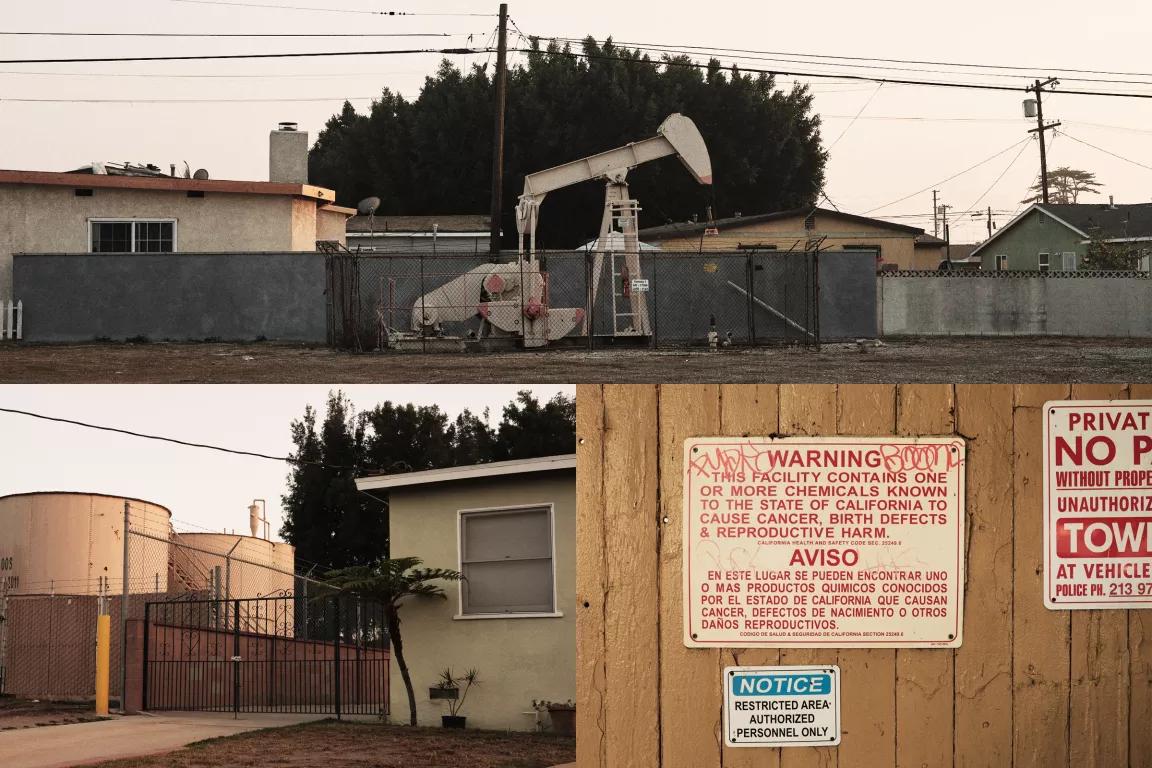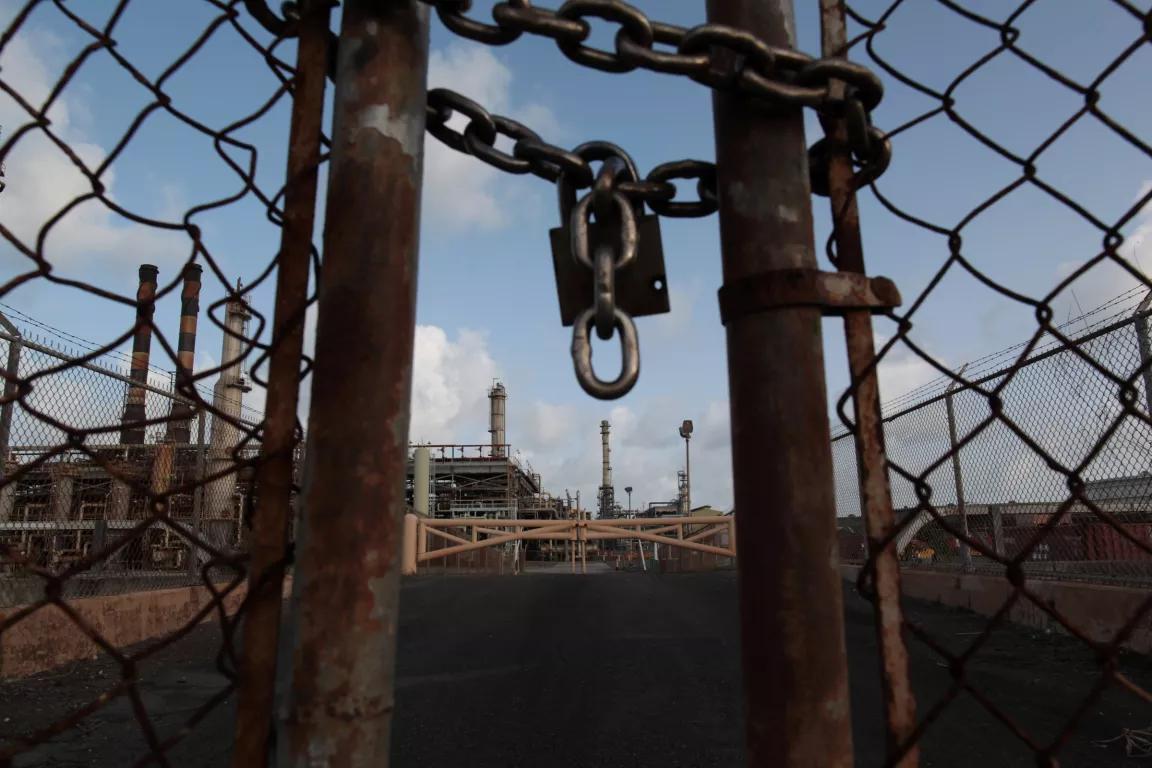Clearing the Path for Clean Energy
NRDC continues to take on the fossil fuel industry—and win.
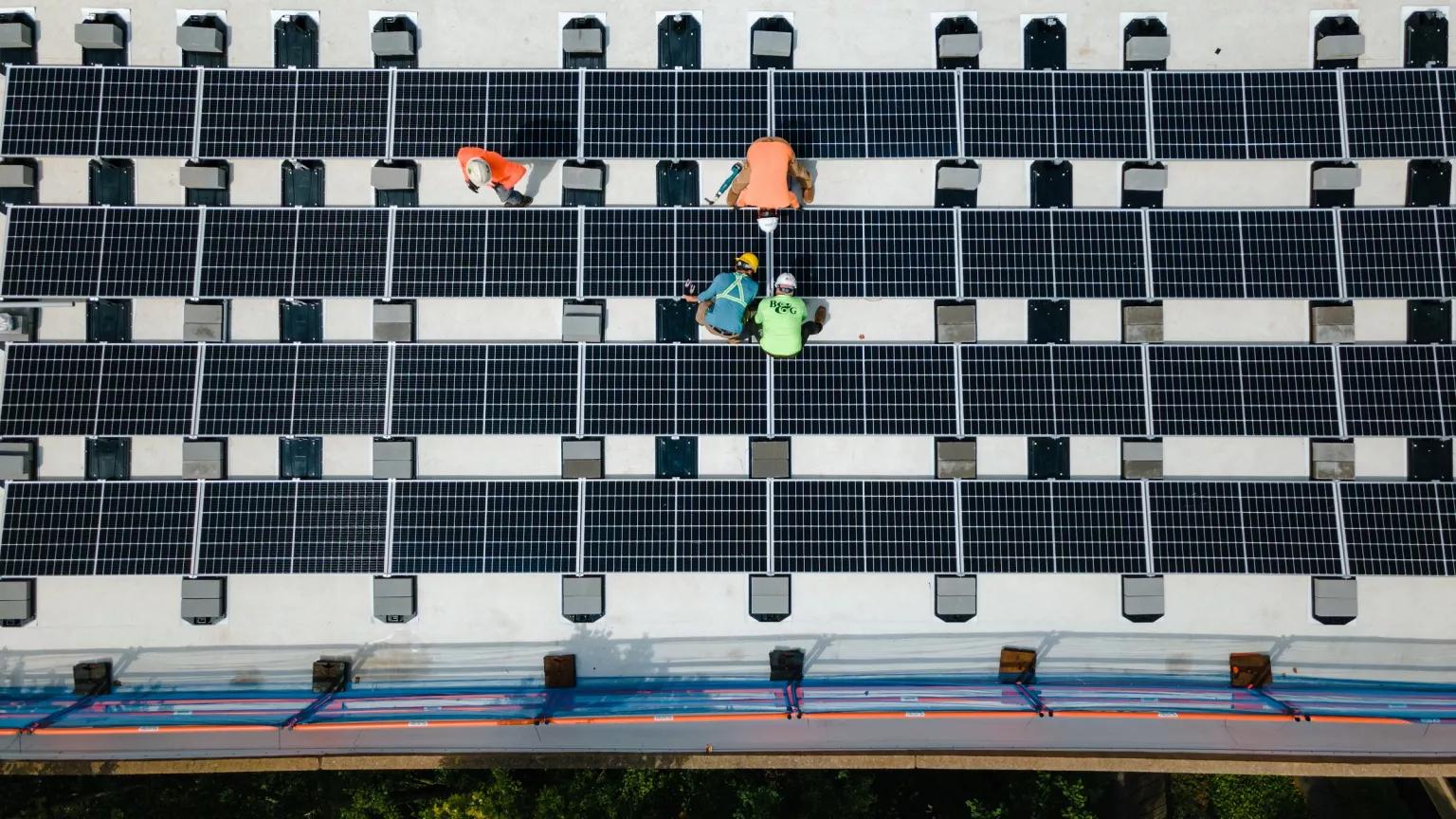
Dustin Chambers for NRDC
NRDC remains laser-focused on achieving a rapid transition to 100 percent clean energy by 2035—a fully decarbonized American power sector that protects the health, environment, and economic needs of all. Part of our mission is to ensure that expansion of dirty energy sources becomes uncompetitive by 2030. And it’s clear that the solutions are within our reach, with renewables becoming cheaper and more reliable than fossil fuels, and jobs in the wind and solar sectors soaring. But to succeed, we need to take on the oil and gas industry directly.
Battling Pipelines
“Climate change can oftentimes seem quite abstract, but when a pipeline or other dirty infrastructure is planned for a community’s backyard, it helps give people a better sense of what we’re fighting against.”
Kimberly Ong, senior attorney and director of the Northeast Fossil Free team
Pipelines are double trouble. Not only are they fueling climate change, but they also routinely spill and leak, harming the communities, waterways, and wildlife in their paths. With each new pipeline, we further delay building a healthy clean energy future—wasting time that we don’t have.
Thankfully, the people-powered movement to shut down existing pipelines and stop new ones from being built is stronger than ever. In December, the developers behind the dirty Jordan Cove liquefied natural gas (LNG) export terminal and associated pipeline on the Oregon coast formally abandoned their plans. That move was a victory for nearby communities and Indigenous tribes, whose lands and cultural resources would have been impacted by the project. It was also welcome news for advocates of the coast’s Southern Resident orcas and California gray whales, which would’ve incurred serious risks from the increase in shipping brought on by Jordan Cove. Moreover, as NRDC pointed out in court in its lawsuit against the Federal Energy Regulatory Commission, which had greenlit the project, Jordan Cove had no real market for its product: Canadian company Pembina, the corporate parent of both the pipeline and LNG terminal developers, was intending to take gas from Canada and export it overseas via Jordan Cove. NRDC attorneys argued that the project was misguided from the outset, and ultimately prevailed.
In another win for our climate, the energy company behind the notorious Keystone XL pipeline finally abandoned its polluting project in June. The coalition that fought against it for a decade had grown to include Indigenous leaders, ranchers, farmers, and landowners across the Midwest, working alongside environmental lawyers, conservationists, and grassroots activists. NRDC senior attorney Jackie Prange, who has worked on NRDC’s legal cases against the pipeline since 2017, says at times it felt like a David-and-Goliath battle against an entrenched tar sands industry, but adds that “the advocacy, the public mood—on climate change, on oil, on tar sands—is ultimately what mattered.”
Today, the tar sands industry is just a third of the size it was projected to be a decade ago. Meanwhile, NRDC—alongside many other climate, environmental justice, and Indigenous rights organizers—continues to press for an end to other pipeline projects, including the Dakota Access Pipeline, which the Biden administration has refused to block.
The Fight Against Fracking
In a historic move, the Delaware River Basin Commission—which oversees the water quality of the Delaware River Basin—voted in February to outlaw fracking in the region. The decision comes after more than 10 years of advocacy by NRDC and our partners to protect the watershed, which provides drinking water to 17 million people. Our efforts have included an extensive campaign to mobilize our members against the ban by attending rallies and commission meetings and by submitting public comments. We’ve also pushed to halt additional fracking-related activities, like the disposal of toxic fracking waste into the basin—goals now shared by the commission too.
The ban is a win for the people of Delaware, Maryland, New Jersey, New York, and Pennsylvania, and a victory for our climate. At all stages of extraction, transmission, and combustion, fracking releases methane, an extremely potent greenhouse gas. Keeping fracking out of the basin is also critical to protecting its natural resources; the watershed is one of the country’s most important fisheries and provides habitat for countless species of flora and fauna.
NRDC’s Delaware River advocates, like senior attorney Kimberly Ong, are now staring down another threat to the waterway and its neighboring communities. If completed, New Fortress Energy’s LNG export terminal proposed for Gibbstown, New Jersey (a suburban area along the banks of the Delaware River across from Philadelphia), would ship massive amounts of LNG around the world. In May, NRDC moved to file an amicus brief to bolster the Delaware Riverkeeper Network’s legal challenge to the permit issued by the federal Army Corps of Engineers, which authorized dredging and construction of this facility. The proposed Gibbstown project is not only a risk for our climate, but it could also increase the amounts of PCBs and other toxic chemical pollution flowing into the Delaware River—harming communities and wildlife. It’s also one of many LNG facilities that could be built in the United States, so advocates see the outcome of this battle as potentially shaping a larger one to come. Last December, NRDC highlighted the risks that increased LNG export poses to our climate through a report rebutting the fossil fuel industry’s claim that gas is cleaner, with lower carbon dioxide emissions than coal or oil.
Communities Confronting Big Oil
In Los Angeles County, home to the largest urban oil field in the country, residents and advocates celebrated after Culver City took the unprecedented step to phase out oil drilling within its borders. The ordinance requires that all wells on the Inglewood Oil Field be properly plugged, and the well sites and surrounding areas be cleaned up within five years—activities that also have the potential to create high-quality green careers for the local community. NRDC worked with frontline residents and allied organizations, providing legal and policy expertise, and mobilized our Southern California activists for public hearings. The phaseout approach represents environmental justice in action, where Culver City is proactively addressing and starting to reverse decades of harmful and racist land use policies that have led to BIPOC communities bearing the brunt of oil well pollution. Advocates like NRDC’s Damon Nagami see it as a sign of “the state itself rethinking the status quo of ever-expanding oil production” and point to it as a model; indeed, the move prompted the county to introduce its own historic oil phaseout plan soon after.
For years, California’s community activists have also rallied against California being the only major oil-producing state without a required setback buffer between oil wells and places where people live and congregate. NRDC and our local partners have relentlessly called the state’s attention to the large body of scientific research showing that proximity to oil wells poses risk of major health harm—fetal death and poor birth outcomes, cardiovascular disease, cancer, and more—in the vulnerable communities of color where they are predominantly located. Finally, the coalition came a step closer to victory in October when Governor Gavin Newsom responded to citizen concerns by proposing a rule requiring a 3,200-foot setback buffer between new oil wells and homes, schools, and health care facilities. If issued, the new rule will be a win for public health and our climate.
On the U.S. Virgin Island (USVI) of St. Croix, the U.S. Environmental Protection Agency (EPA) recently shut down one of the largest and dirtiest oil refineries in the world: Limetree Bay. Advocacy efforts by NRDC and our local partner, the St. Croix Environmental Association (SEA), helped expose the refinery’s repeated leaks, spills, and Clean Air Act violations. “We just kept banging on the EPA—at first with great resistance from the agency. And then, over time, with more agreement, and then with its own commitment,” said John Walke, director of NRDC’s clean air work and a partner of SEA’s.
Now, backed by NRDC and other coalition partners, SEA, Crucian Heritage and Nature Tourism (CHANT), and the Virgin Islands Good Food Coalition have been addressing the refinery’s health impacts on residents while also focusing on the broader consequences of—and opportunities around—the recent shuttering. Advocates are seeking to diversify St. Croix’s economy and move away from its reliance on dirty fossil fuels once and for all. Vision 2040, a 20-year economic plan for the USVI that was created with community input, lays out goals like increasing local food production to 35 percent, developing ocean-centered research and tourism, and scaling up renewable energy sources to meet 75 percent of the islands’ needs.
More Highlights from 2021

Building a Healthier Food System

Advancing Clean Buildings and Transportation

Championing Conservation as Climate Action
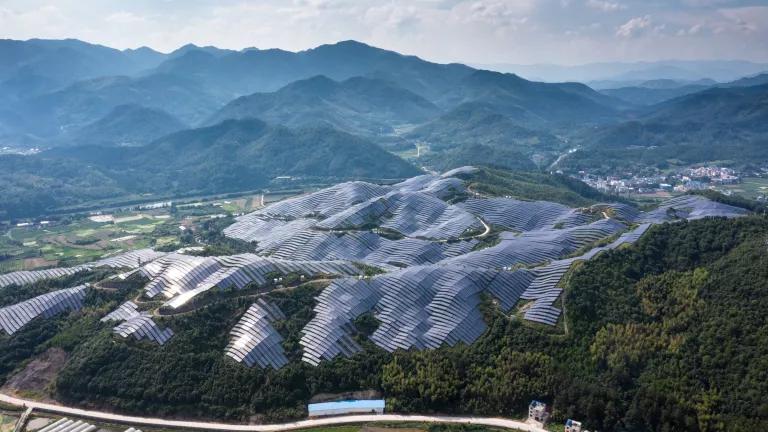
Advancing Global Climate Solutions

Protecting Public Health
Time to Go Big
Check out the rest of our annual report for an overview of what we've accomplished in 2021.



